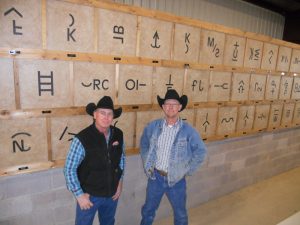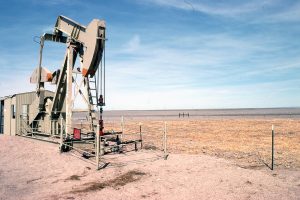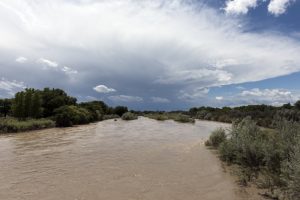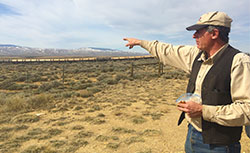How not to forget the West’s past atrocities

I stood on a bluff in southeastern Colorado, overlooking the lonesome prairie, 180 miles southeast of Denver. Bare cottonwoods lined the dry bed of Big Sandy Creek. Otherwise, there was nothing but grass, earth, rocks and sky. The only sounds that November day were the wind and the singing of LaForce “Lee” Lonely Bear, a Northern Cheyenne spiritual adviser.
This was the site of the notorious Sand Creek Massacre. At dawn on Nov. 29, 1864, a 675-man Colorado militia, led by Col. John Chivington, a Methodist minister, attacked a small, peaceful village of Cheyenne and Arapaho camped along the creek. Without provocation, the militia charged and killed at least 150 Indians, mostly women and children. According to militiamen and survivors, soldiers chased unarmed Indians down the creek bed, raped and bayoneted women, hacked off limbs and genitals. Cheyenne Chief White Antelope was scalped and mutilated as he pleaded for peace. The Cheyenne say that White Antelope repeated his final journey song as he lay dying: “All my relations, remember / Only the rocks on earth stay forever.”
Braided Hair, Lone Bear and the others who brought me to the site in 2005 had been working to change that, partly by establishing Sand Creek as a national historic site managed by the National Park Service. Along with other Cheyenne and Arapaho tribes, they envisioned it becoming a place of remembrance and healing for their own people and the nation. “So the history may live on,” Lone Bear told me.
“How not to forget the West’s past atrocities”
High Country News, March 7, 2016








